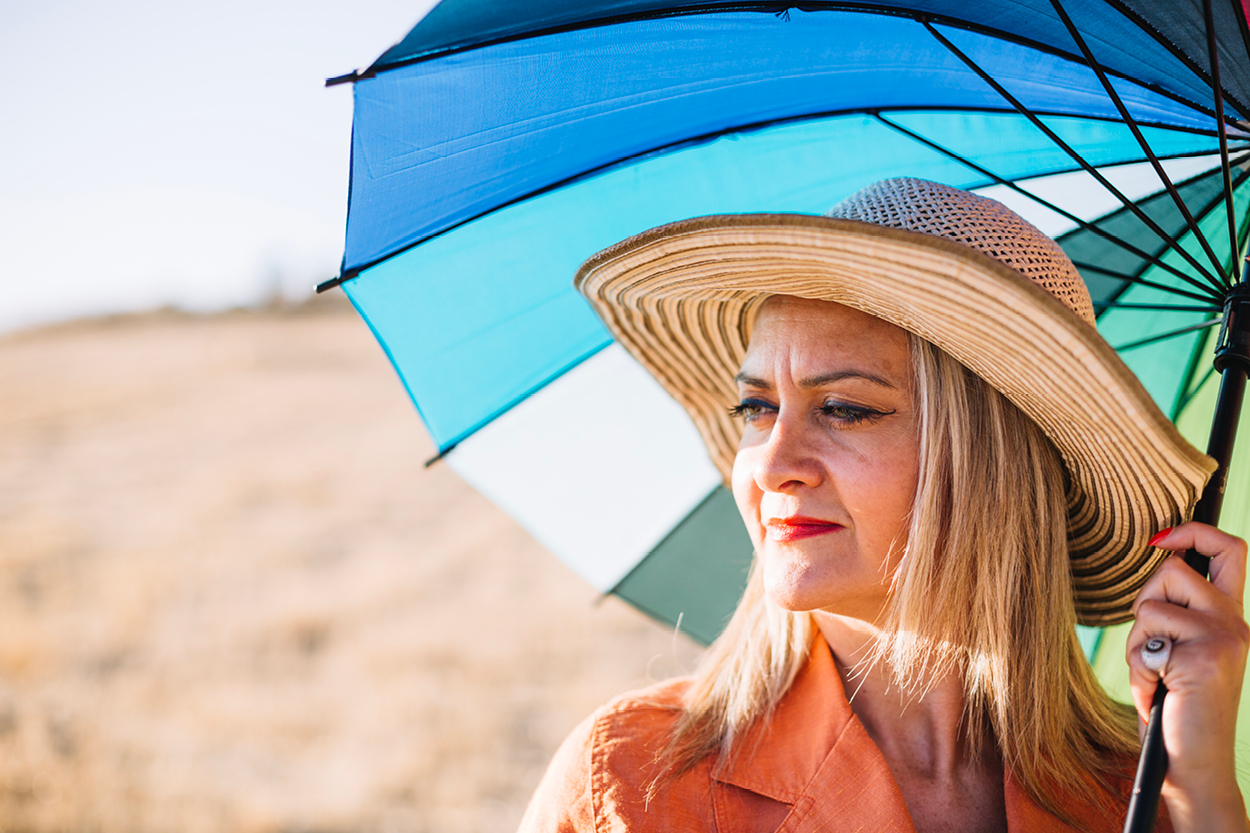You step outside on a blazing August morning, and within seconds, the sun's intensity hits you. Your first instinct might be to reach for sunglasses or duck back inside. That split-second reaction reveals habits you've built over the years, habits that become increasingly important as you age.
Your relationship with sun protection likely began decades ago in childhood, when parents or caregivers established daily routines that include sunscreen application. Maybe you remember a parent calling out, "Don't forget sunscreen!" before you ran outside to play. Or perhaps you watched adults in your family methodically apply lotion before beach trips, creating a ritual that seemed as natural as breathing.
During these early years, your skin was incredibly vulnerable. Children's skin is thinner and more sensitive than adult skin, making it more susceptible to burning. The sun damage that occurs in childhood and adolescence sets the stage for potential skin problems later in life.
As people age, many become less diligent in applying sunscreen. When you are in your teens or twenties, you may work summer jobs and forget to reapply sunscreen, or you may go to the beach with friends and spend too much time in the sun.
As you enter your 30s and 40s, you may start to notice more freckles or moles that begin to change, which can be signs of skin cancer. You may also hear more of your friends talking about skin checks and the risks associated with melanoma.
Most melanomas are diagnosed in people over 50. Your skin's natural repair mechanisms slow down over time, and your immune system becomes less effective at eliminating potentially cancerous cells. The DNA damage from decades of sun exposure begins to manifest in ways that were invisible when you were younger.
Understanding these increased risks might feel overwhelming, but it's never too late to start protecting your skin effectively. Even if you're in your 50s, 60s, or beyond, consistent sun protection can still reduce your future risk and give your skin the best possible chance to repair itself naturally.
If you make applying sunscreen a part of your daily routine, it will become a more natural habit. Build this routine by keeping sunscreen in multiple locations, including your car, office desk, gym bag, and by your front door. Choose products with SPF 30 or higher that offer broad-spectrum protection against both UVA and UVB rays and reapply every two hours.
Remember that sun protection extends beyond just applying sunscreen. Seeking shade during peak hours, wearing protective clothing, and using accessories like sunglasses and wide-brimmed hats provide additional layers of defense against harmful UV radiation.
Every choice you make today can significantly reduce your risk of developing skin cancer as you age. If you have concerns about your skin health or have noticed changes in existing moles, contact Astera at (732) 390-7750.

